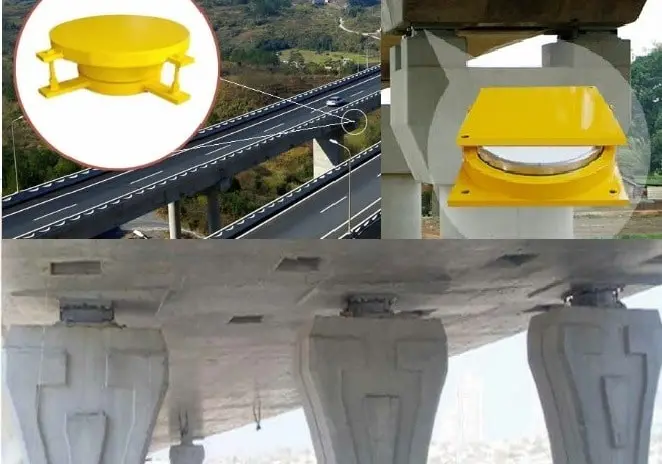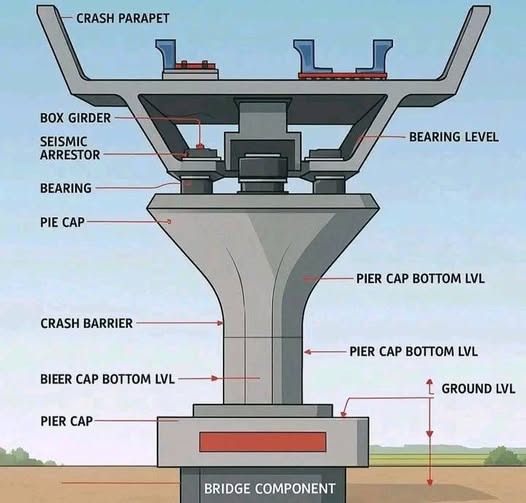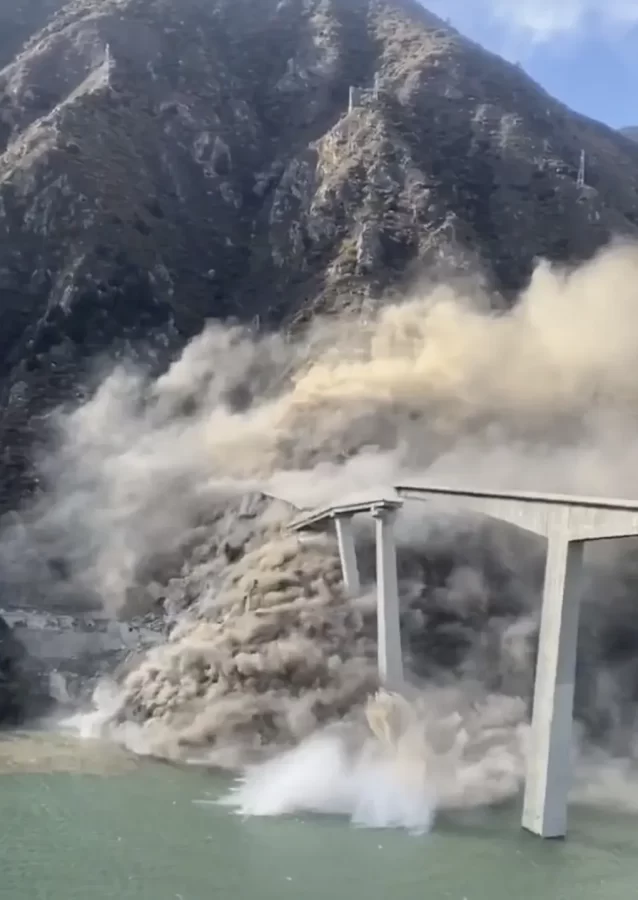Bridges are the silent workhorses of our infrastructure, carrying millions of people and countless tons of goods every single day. Their structural integrity is paramount, making regular, thorough inspections not just good practice, but a critical necessity. For decades, these vital assessments have relied on traditional methods—think scaffolding, rope access, and snoop trucks—all of which come with significant drawbacks.
But a new era of infrastructure maintenance is here. Bridge inspection using drones, powered by advanced Artificial Intelligence (AI), is rapidly transforming how we monitor and manage these crucial assets. This revolutionary approach isn't just an incremental improvement; it offers major advantages that are redefining safety, efficiency, and cost-effectiveness in a way traditional methods simply can't match.
Unprecedented Safety for Inspection Personnel
Traditionally, bridge inspections often place human workers in precarious and dangerous situations. Imagine inspectors dangling from ropes hundreds of feet up, navigating cramped, dark spaces, or working alongside busy highway traffic. These scenarios inherently carry risks of falls, traffic accidents, or exposure to hazardous conditions.
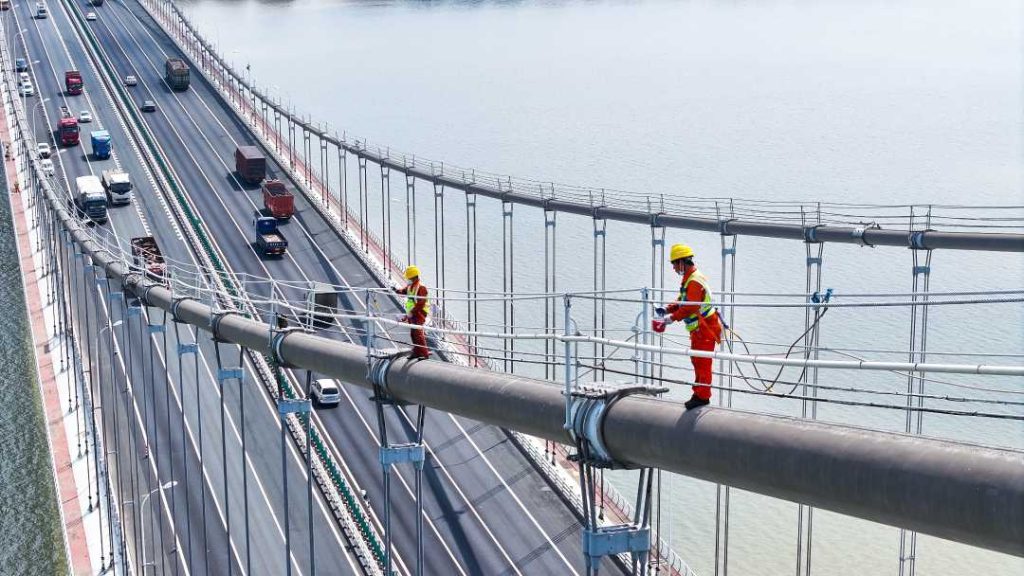
This is where bridge inspection using drones offers its most immediate and impactful benefit: enhanced safety. Drones eliminate the need for human inspectors to physically access hazardous areas. Instead, highly skilled pilots operate the drones from a safe distance on the ground, capturing all necessary data without putting anyone at risk. This drastically reduces the potential for accidents and injuries, safeguarding your valuable personnel.
👉 Explore the complete guide using drone & AI for bridge inspection solution
Dramatically Increased Efficiency and Speed
Time is money, and traditional bridge inspections are notoriously time-consuming. Setting up scaffolding or deploying specialized inspection vehicles can take days, often requiring disruptive lane closures or even full bridge shutdowns. This leads to costly traffic delays, frustrated commuters, and extended project timelines.
Drones, however, work at incredible speed. A comprehensive bridge inspection using drones that might take weeks with conventional methods can often be completed in a matter of hours or days. Drones can rapidly cover vast areas, capturing high-resolution imagery and data points with unparalleled efficiency. Once captured, AI algorithms kick in, analyzing colossal datasets in minutes – a task that would take human inspectors countless hours. This accelerated process means less disruption, quicker insights, and faster decision-making for critical repairs.
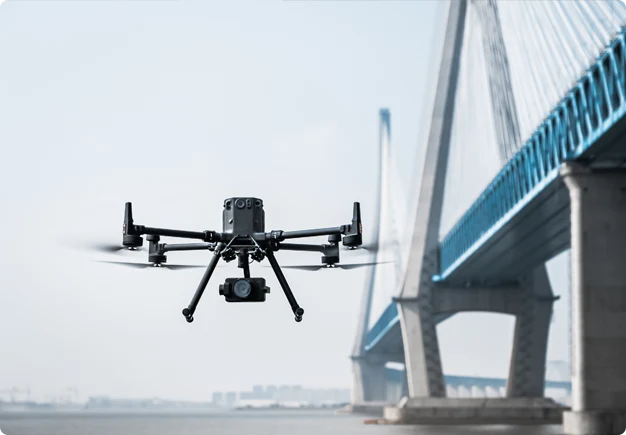
Significant Cost Savings and Return on Investment
The expenses associated with traditional bridge inspections go far beyond just labor. Renting heavy equipment like snooper trucks or cranes, traffic management, and extended project durations can quickly accumulate into substantial costs.
By adopting bridge inspection using drones, you unlock significant cost savings. The need for expensive heavy machinery is drastically reduced, as are the associated operational and labor costs. Fewer lane closures mean less money spent on traffic control and reduced economic impact from disrupted flow. Furthermore, the ability of AI to detect minor defects early means you can implement proactive, smaller-scale repairs rather than facing costly, extensive emergency fixes down the line. This shift from reactive to preventative maintenance offers a clear and compelling return on investment, extending the lifespan of your assets and optimizing your budget.
Superior Data Quality, Accuracy, and Automated Defect Detection
Human observation, while invaluable, can be subjective and prone to inconsistency. An inspector's report might vary slightly from one day to the next, or between different teams. Historically, even with drones, inspectors often had to watch live video feeds, identify potential issues themselves, and then capture specific images. This still relied heavily on the human eye during the flight.
Now, bridge inspection using drones combined with AI fundamentally changes this workflow. Drones, equipped with state-of-the-art sensors including high-resolution cameras, thermal imagers, and LiDAR, systematically capture incredibly precise and consistent data across the entire structure. This includes visual images, thermal anomalies, and detailed 3D models.
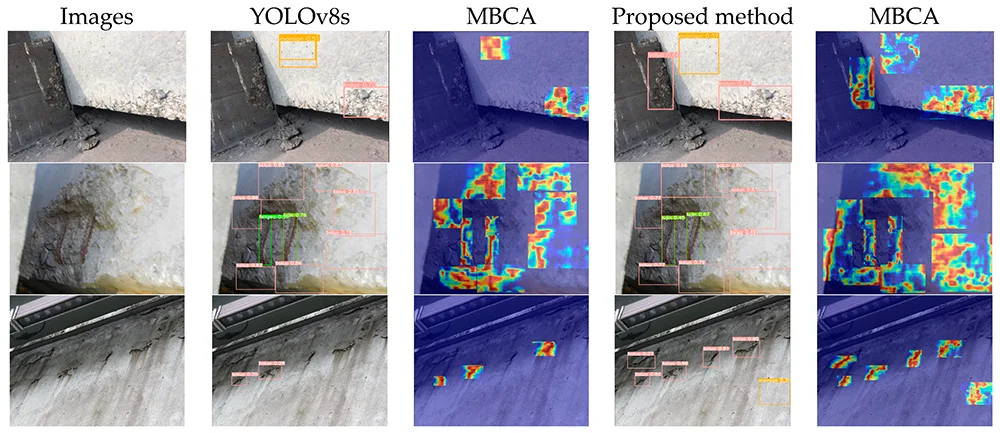
The true game-changer is the automated defect detection powered by AI. Once the drone completes its mission and the data is collected, powerful AI algorithms get to work. They can automatically scan every image, identify, classify, and even quantify various types of defects like cracks, corrosion, spalling, and efflorescence. This eliminates the need for human inspectors to meticulously pore over thousands of images. Instead, the AI flags anomalies, providing objective, repeatable analysis free from human fatigue or bias. This not only ensures superior accuracy and consistency but also dramatically speeds up the analysis phase.
Automated Reporting and Streamlined Workflows
Beyond just detecting defects, advanced AI systems take the efficiency a step further by automating the report generation process. Once the AI has identified and characterized all defects from the drone imagery, it can compile comprehensive, actionable reports. These reports often include:
- Geolocated defect maps: Pinpointing the exact location of each identified issue on a bridge model.
- Detailed imagery: High-resolution photos of each defect.
- Severity assessments: AI can sometimes classify the severity of defects based on its training.
- Historical comparison: For repeat inspections, AI can track how defects change over time.
This automation of reporting saves countless hours of manual data compilation and documentation. It allows human inspectors to focus their valuable expertise on validating AI findings, making critical repair decisions, and planning maintenance strategies, rather than spending time on tedious data processing. The result is a highly streamlined workflow from data capture to actionable insights.
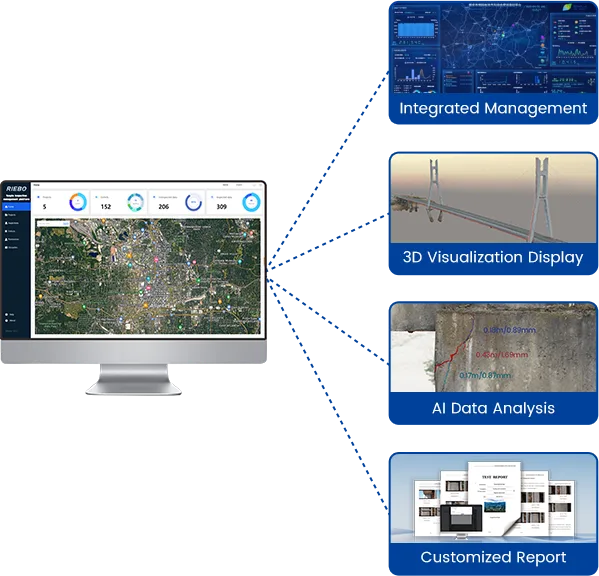
Enhanced Accessibility and Comprehensive Coverage
Many parts of a bridge are inherently difficult or impossible for human inspectors to access safely. Think of the underside of a towering overpass, the interior of a confined box girder, or components extending over deep water. These inaccessible areas often become blind spots, where critical issues can go unnoticed until they become severe.
Drones, with their agility and small footprint, can reach virtually every nook and cranny of a bridge. They can navigate complex structures, fly under decks, and maneuver into tight spaces that are off-limits to humans or large equipment. This enhanced accessibility ensures comprehensive coverage, providing a complete and detailed overview of the bridge's condition. No hidden defect goes undetected, allowing for a truly holistic structural assessment.
Powering Predictive Maintenance and Long-Term Asset Management
The ultimate goal of any inspection program is to move beyond reactive repairs to a proactive, predictive maintenance strategy. Traditional methods often provide snapshots, making it difficult to track subtle changes over time and anticipate future issues.
With bridge inspection using drones and AI, you gain the power of foresight. The consistent, high-quality data collected over multiple inspections allows AI to identify trends, measure the propagation of defects, and even predict potential failure points. This data can then feed into a digital twin of the bridge – a virtual replica that continuously updates with real-world information. This allows asset managers to schedule maintenance precisely when and where it's needed, extending the bridge's lifespan, optimizing maintenance cycles, and ensuring the long-term integrity and safety of your infrastructure.
Transform Your Bridge Inspection Program Today
The advantages of bridge inspection using drones combined with advanced AI are undeniable. From significantly improving safety and efficiency to delivering superior data with automated defect detection and report generation, this technology is setting new benchmarks for infrastructure maintenance. It's not just about inspecting bridges; it's about revolutionizing their care for a safer, more sustainable future.
Ready to leverage these transformative benefits for your infrastructure assets? Contact us today to learn how our drone and AI solution can enhance your bridge inspection program.
